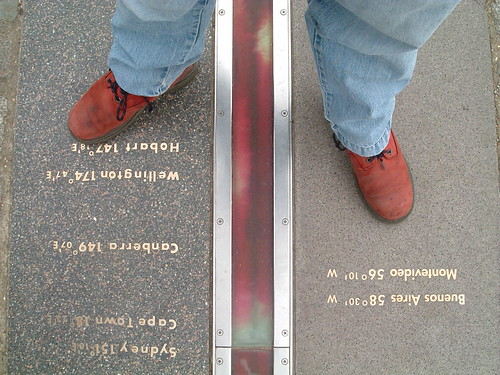Mental Note to Self
I'd been told that the lesser spotted flight upgrade does happen. But despite travelling the Heathrow to San Francisco route on British Airways roughly once every three months for the best part of four years, despite knowing at least three members of the BA cabin crew who put me down on the upgrade list (but no promises, it's at the discretion of the Captain you know) and despite frequently travelling with a colleague whose best friend is not only a pilot but a BA pilot, the elusive upgrade had never happened. Until today.



